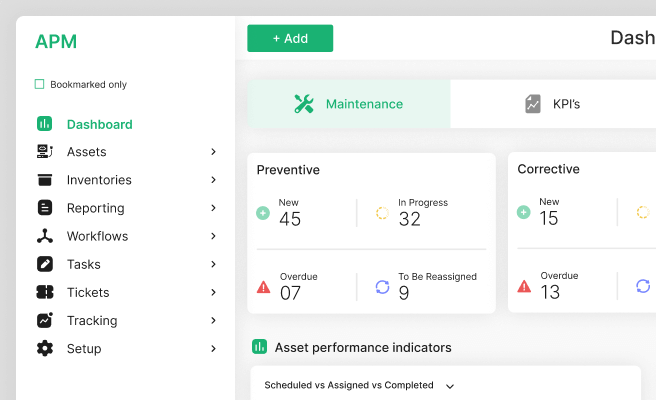Iterative Prototyping
<p>Iterative prototyping is a fundamental approach in product design, particularly valuable for refining and enhancing digital products. Essentially, it involves the repetitive process of creating and testing prototypes, incorporating feedback, and making improvements in successive iterations. This method is crucial for ensuring that the final product meets user needs and performs optimally.</p>
<p>Historically, iterative prototyping emerged as a response to the limitations of traditional linear design models, such as the Waterfall model. By allowing for continuous evaluation and refinement, iterative prototyping addresses the dynamic nature of user requirements and technological advancements.</p>
<h2>Benefits of Iterative Prototyping</h2>
<p>Iterative prototyping offers several significant advantages:</p>
<ul>
<li><strong>Enhanced User Experience:</strong> By continuously incorporating user feedback, designers can create more user-friendly and intuitive products.</li>
<li><strong>Reduced Development Costs:</strong> Identifying and fixing issues early in the design process can prevent costly changes later on.</li>
<li><strong>Improved Product Quality:</strong> Iterative refinement leads to a more polished and functional final product.</li>
</ul>
<h3>Components of Iterative Prototyping</h3>
<p>The iterative prototyping process typically involves several key components:</p>
<ul>
<li><strong>Initial Prototype:</strong> A basic version of the product that captures the core features and functionalities.</li>
<li><strong>User Testing:</strong> Gathering feedback from real users to identify strengths and weaknesses.</li>
<li><strong>Analysis and Refinement:</strong> Analyzing feedback and making necessary improvements to the prototype.</li>
<li><strong>Repeat:</strong> Repeating the process until the product meets the desired standards.</li>
</ul>
<h3>Practical Applications in Climate Tech</h3>
<p>In the climate tech industry, iterative prototyping plays a crucial role in developing innovative solutions. For example, a company working on carbon capture technology might use iterative prototyping to refine their digital monitoring platform. By continuously testing with environmental scientists and engineers, they can ensure the platform is both accurate and user-friendly.</p>
<p>Another example is AgTech companies developing digital tools for sustainable farming. Through iterative prototyping, these companies can create applications that help farmers monitor soil health, manage resources efficiently, and reduce environmental impact. By involving farmers and agronomists in the testing process, they can tailor the tools to meet real-world needs effectively.</p>
<h2>Challenges in Iterative Prototyping</h2>
<p>While iterative prototyping offers numerous benefits, it also presents certain challenges:</p>
<ul>
<li><strong>Time-Consuming:</strong> The repetitive nature of the process can be time-intensive, requiring careful planning and management.</li>
<li><strong>Resource-Intensive:</strong> Multiple iterations may demand more resources, including time, effort, and budget.</li>
<li><strong>Managing Feedback:</strong> Effectively integrating diverse user feedback can be complex and necessitates a structured approach.</li>
</ul>
<h3>Overcoming Challenges</h3>
<p>To mitigate these challenges, consider the following strategies:</p>
<ul>
<li><strong>Prioritize Feedback:</strong> Focus on the most critical feedback first to make meaningful improvements quickly.</li>
<li><strong>Efficient Resource Allocation:</strong> Use tools like <a href="https://www.figma.com" style="color: #2896FF; text-decoration: underline;">Figma</a> or <a href="https://www.sketch.com" style="color: #2896FF; text-decoration: underline;">Sketch</a> to streamline the prototyping process.</li>
<li><strong>User-Centric Approach:</strong> Regularly engage with users to ensure the product evolves in line with their needs and expectations.</li>
</ul>
<h2>Conclusion</h2>
<p>Iterative prototyping is an essential methodology in product design, particularly for industries like climate tech where user needs and technological contexts are constantly evolving. By embracing this approach, designers can create more effective, user-friendly, and sustainable digital products. <p>Increase user engagement that converts your demos into sales. Optimise your UX strategies with our audits.
<p>Fill out the <a href="https://tally.so/r/n97pxQ" style="color:#2896FF; text-decoration:underline;">UX Audit form</a> to get started. Ready to discuss your needs? <a href="https://cal.com/akhilak/what-if-design?duration=25" style="color:#2896FF; text-decoration:underline;">Book a consultation call</a> with us today.</p></p>

Let's scale your impact with great design.
Free consultation, no sales pitch
Thank you! Your submission has been received!
Oops! Something went wrong while submitting the form.
Let’s talk
Nothing great is built alone.
Let’s connect about your vision, our work and how we can collaborate.
Get in touch

